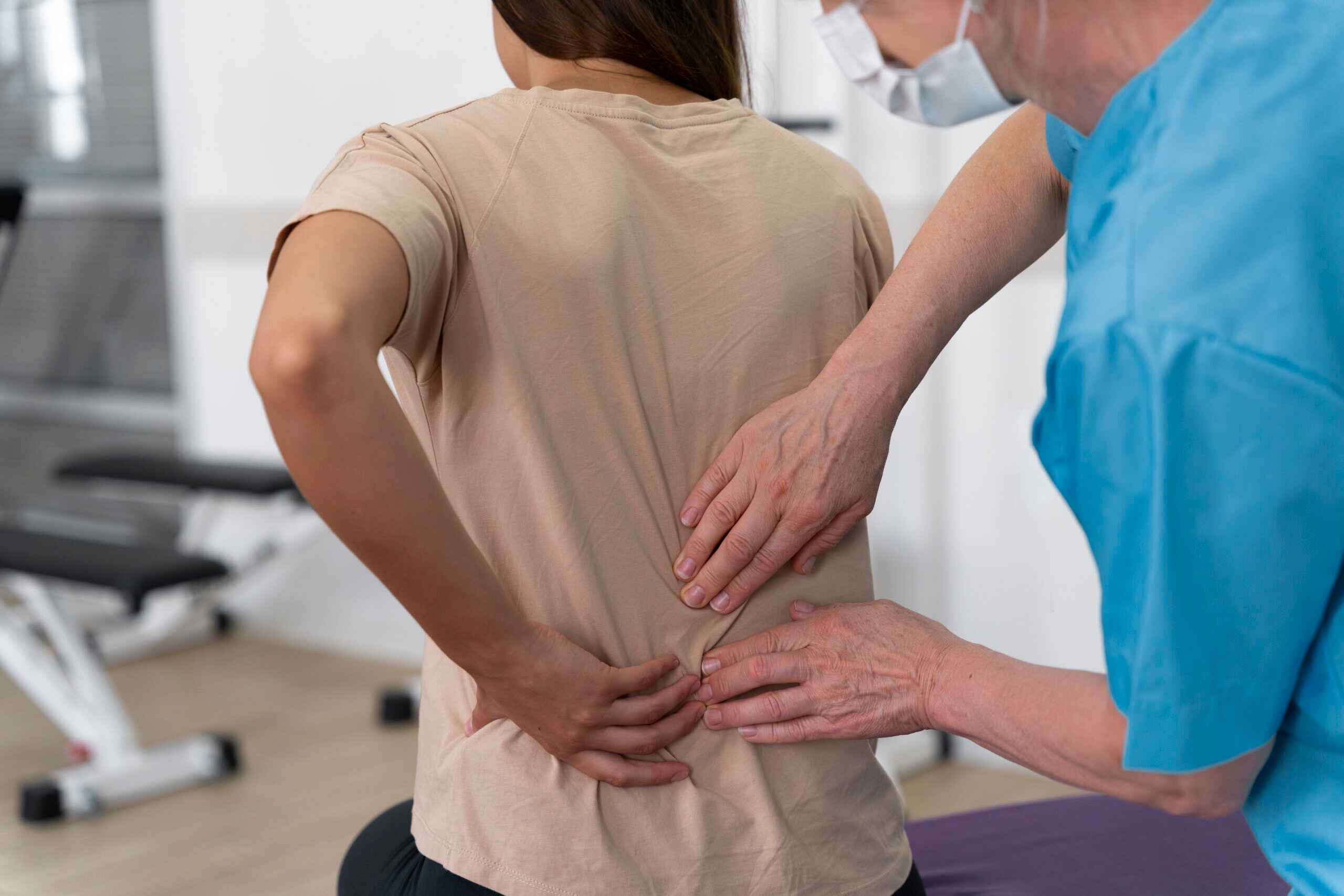Spinal stenosis is a common yet often misunderstood condition that affects the spine. It happens when the spinal cord and nerves are compressed by the narrowing of the gaps within the spine. Recognizing the signs and symptoms of spinal stenosis is crucial for early diagnosis and effective management. In this blog, we will explore the key indicators to watch for and gain a better understanding of this condition. Connect with Specialty Care Clinics at (469) 545-9983. Schedule a consultation today and take the first step towards a healthier, more active you.
Understanding Spinal Stenosis:
Spinal stenosis can develop in different regions of the spine, including the cervical (neck) and lumbar (lower back) areas. The condition is typically associated with aging, as the wear and tear on the spine over the years can lead to narrowing of the spinal canal. The following are typical symptoms and indicators to be mindful of:
Persistent Back Pain:
One of the early indicators of spinal stenosis is persistent back pain. This discomfort may be felt in the lower back for lumbar stenosis or in the neck for cervical stenosis. The pain can vary from dull and achy to sharp and shooting.
Leg or Arm Weakness:
As spinal stenosis progresses, it can lead to weakness in the legs or arms. This occurs due to the compression of nerves that control muscle function. If you notice a gradual loss of strength, especially while walking or lifting objects, it’s essential to consult a healthcare professional.
Numbness or Tingling Sensations:
Patients with spinal stenosis often experience numbness or tingling sensations in the affected areas. This can manifest as a “pins and needles” feeling, and it is usually associated with nerve compression.
Difficulty Walking or Balance Issues:
Mobility problems are common symptoms of spinal stenosis. Individuals may find it challenging to walk for extended periods or may experience balance issues. The quality of life and everyday activities may be greatly impacted by this.
Radiating Pain:
Radiating pain is a hallmark of spinal stenosis. The discomfort often radiates from the spine down into the extremities. For lumbar stenosis, this may extend into the buttocks and legs, while cervical stenosis can cause pain radiating into the arms.
Aggravation with Activity:
Symptoms of spinal stenosis are often exacerbated by physical activity. Individuals may find that their pain increases when standing or walking for extended periods. On the contrary, rest and changing positions may provide temporary relief.
Conclusion:
Being vigilant about the signs and symptoms of spinal stenosis is crucial for early intervention and effective management. If you or someone you know is experiencing persistent back pain, weakness, numbness, or mobility issues, seeking medical attention is paramount. A healthcare professional can conduct diagnostic tests, such as imaging studies, to confirm the diagnosis and recommend an appropriate treatment plan.
Remember, early detection and intervention can significantly improve the outcome for individuals with spinal stenosis. By staying informed about the symptoms and seeking timely medical advice, you can take proactive steps towards maintaining spinal health and overall well-being.


